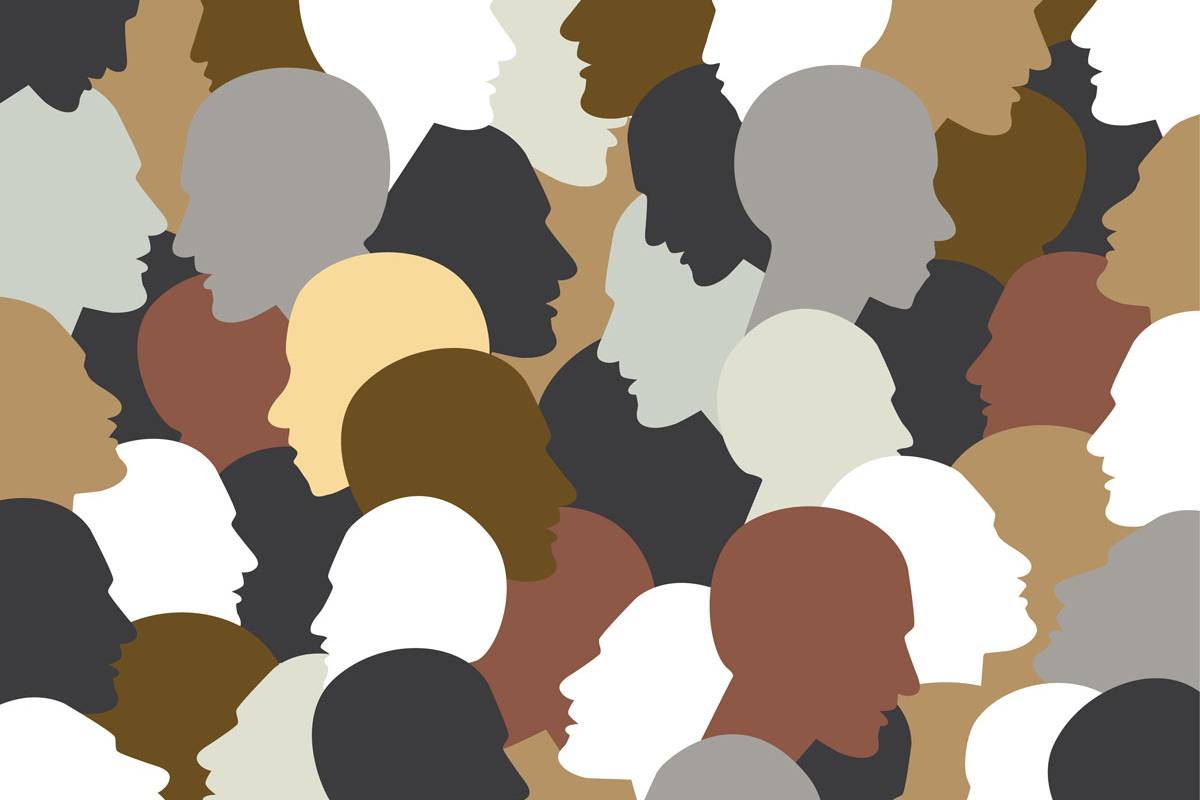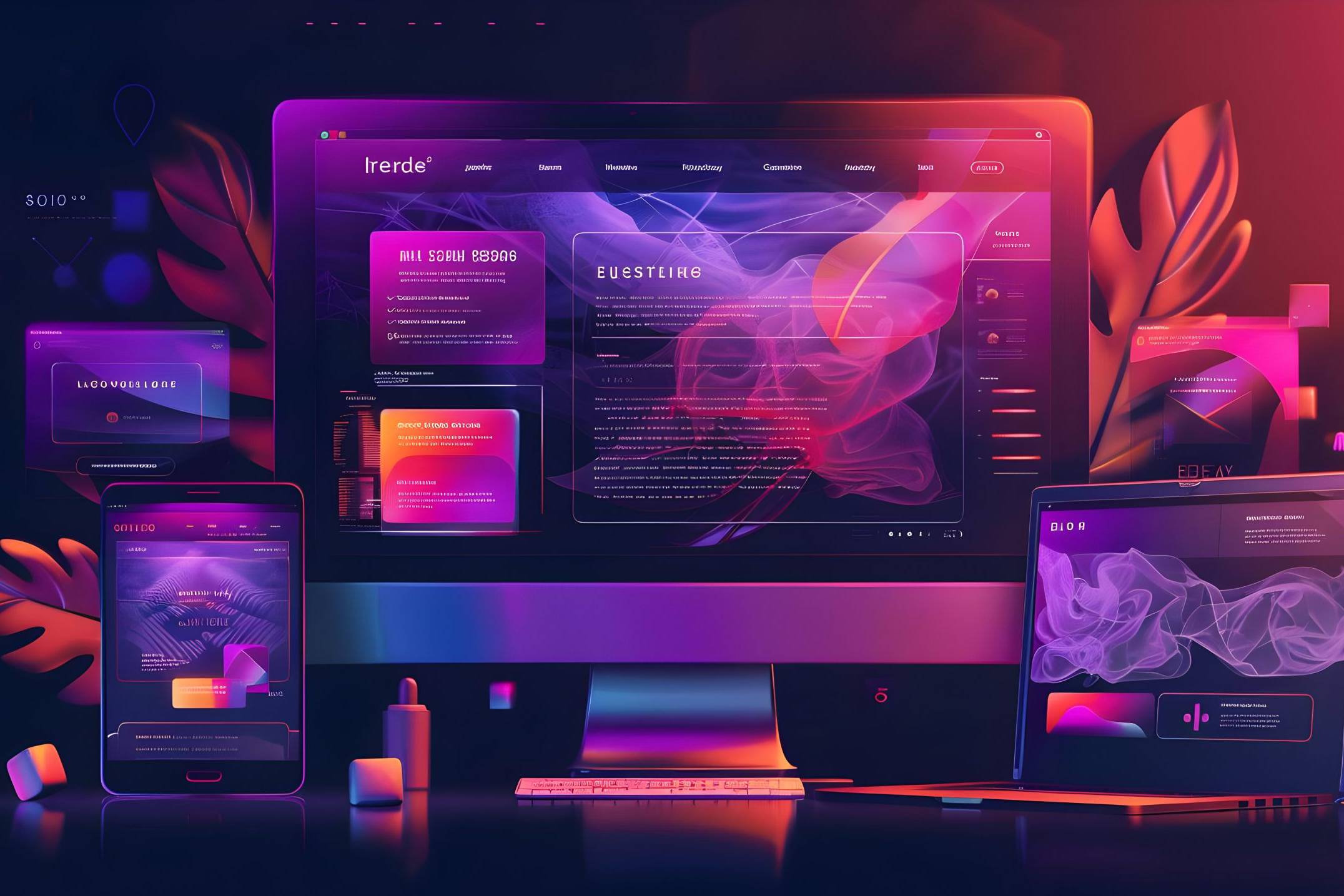Every product designer is, at heart, a cartographer.
We make maps — not of cities, but of experiences.
We chart the paths people take, the decisions they make, and the feelings they carry along the way.
User Journeys VS User Flows
But not all maps are alike. Some reveal the broad emotional terrain — what people feel, think, and hope for as they move through a product or service. Others zoom in to the practical steps — the clicks, screens, and decisions that turn intent into action.
In UX design, these two perspectives are captured by two essential tools: ‘User Journey’ and ‘User Flow’.
They are different maps of the same landscape — one emotional, one structural — and when used together, they transform design from surface-level interface building into experience architecture.
Let’s explore how these tools differ, where they overlap, and how combining them gives you a clearer, more human-centred view of your product.
1. The Journey vs. the Flow: Two Ways of Seeing
Before diving into processes and diagrams, it’s worth pausing on one simple truth:
a user journey describes what the user experiences; a user flow describes what the user does.
They complement each other — heart and logic, story and system.
The User Journey: The Emotional Map
A ‘User Journey’ captures the full end-to-end experience of interacting with your product, from the first spark of awareness to post-use reflection.
It’s not about screens — it’s about ‘states of mind.’
You map not only the touch-points (ads, emails, interfaces) but also the emotions, motivations, and frustrations that accompany them.
A typical journey might trace how someone:
1. Discovers your app in a social post,
2. Visits your site with curiosity,
3. Feels excited during onboarding,
4. Gets confused by one step,
5. Then satisfied once they complete a goal.
It’s an ‘empathy map in motion’ — a story told through the user’s eyes.
Journeys answer questions like:
* What problem is the user trying to solve?
* Where do they struggle or lose confidence?
* What emotional peaks and valleys define the experience?
In short: the User Journey gives you the ‘why.’
The User Flow: The Behavioural Map
If the journey is the story, the ‘User Flow’ is the choreography.
A User Flow describes the step-by-step actions a person takes to complete a specific task. It visualises how users move through screens, make decisions, and reach outcomes.
Think of it as a ‘blueprint’ — a diagram showing paths, nodes, and decisions:
Click this button → Go to this screen → Choose this option → Confirm → Exit.
Flows answer different questions:
* How does the user achieve their goal in the interface?
* Are there too many steps or unclear choices?
* Where might users drop off or get lost?
While the journey captures feelings, the flow captures logic. It’s the anatomy of interaction — a visual of system behaviour responding to human behaviour.

2. Why Both Matter
Too often, teams favour one map over the other. Designers build detailed flows but forget the human story; strategists create emotional journey maps but skip the practical navigation.
The truth is: you need both.
* A ‘User Journey’ without a flow is empathy without execution — you understand feelings but not how to fix them.
* A ‘User Flow’ without a journey is efficiency without empathy — you design actions, but not meaning.
Used together, they create alignment: one tells you *what matters* to the user, the other shows you ‘how to make it happen.’
The journey reveals emotion. The flow refines motion. Together, they make experience tangible.
3. Mapping the Journey: Understanding the Human Story
Building a user journey begins with empathy, not software. You’re not designing for “users” — you’re designing for people with context, constraints, and complexity.
Here’s how to craft one:
Step 1: Define the Persona
Start with a specific person, not a generic one. Who are they? What are they trying to achieve? What motivates them?
A good persona is based on research, not imagination — drawn from interviews, surveys, or ethnographic observation.
Step 2: Identify Stages
Every journey follows a rhythm:
Awareness → Consideration → Conversion → Retention → Advocacy.
Each stage represents a mental and emotional shift, not just a transactional one.
Step 3: Map Touch-points
These are the interactions where users encounter your brand or product — websites, emails, ads, support chats, in-app notifications, etc.
Each touchpoint is a chance to reinforce trust or introduce friction.
Step 4: Capture Emotions and Pain Points
At each stage, note how the user feels. Excited? Overwhelmed? Confused?
Emotion often reveals more insight than behaviour alone.
Example: In a travel booking app, users might feel inspired during search, anxious when entering payment details, and relieved when receiving confirmation. Each emotion signals an opportunity to design for reassurance or delight.
Step 5: Find Opportunities
Once you’ve visualised the emotional highs and lows, look for moments to improve the experience:
* Reduce anxiety (simplify payment fields).
* Increase delight (add confirmation animations).
* Build trust (show transparent pricing).
A good user journey isn’t a poster — it’s a conversation starter. It helps teams prioritise human moments that matter most.

4. Mapping the Flow: Designing the Path
While journeys zoom out, flows zoom in. They translate empathy into execution.
Building a user flow is like creating a flowchart for the user’s decisions and system responses.
Step 1: Define the Goal
What task are you mapping? Booking a table? Signing up? Uploading a photo?
Keep it specific — flows work best when focused on one goal.
Step 2: Identify Entry Points
Where does the user start? From a homepage? An ad? A push notification?
Different entry points can lead to the same goal but require different paths.
Step 3: Map Each Step
Draw out every screen, button, and choice.
Use arrows to show movement and branching for decisions (“If yes → this screen; if no → that one”).
This visualisation reveals friction points, redundancies, or dead ends that analytics might not show.
Step 4: Simplify
Remove unnecessary steps.
Each extra click is a chance to lose the user’s attention.
The golden rule: every step must earn its place.
Step 5: Validate and Iterate
Once mapped, test the flow with real users. Observe hesitation or confusion.
Refine based on observation — not assumption.
Flows evolve as products do; they’re living documents of usability.
5. The Relationship Between Journey and Flow
Think of these tools not as opposites, but as ‘partners in perspective’.

The ‘User Journey’ helps you understand the ‘why’ — the emotional and contextual drivers behind behaviour.
The ‘User Flow’ helps you optimise the ‘how’ — the concrete mechanics of achieving a goal.
Used together, they create holistic design: one illuminates the forest, the other details the trees.
6. An Example in Action
Let’s say you’re designing a flight booking platform.
‘User Journey’
Through interviews, you learn travellers feel three key emotions:
* Excitement when searching for destinations,
* Anxiety when comparing prices,
* Relief once payment succeeds.
You visualise these on a journey map with touch-points: search engine → landing page → booking form → payment → confirmation.
Each stage includes emotional notes and possible pain points (“price confusion,” “too many form fields,” “unclear confirmation message”).
‘User Flow’
Next, you map the flow for “Booking a Flight”:
1. Search flights
2. Choose dates
3. Compare results
4. Select flight
5. Enter passenger details
6. Payment
7. Confirmation screen
You spot a bottleneck: users often abandon at step 5 — too many input fields.
Journey data explained ‘why’ (anxiety and fatigue); flow data showed ‘where.’
The fix? Auto-fill saved passenger info and reduce form fields by 30%.
Result: lower abandonment, higher satisfaction.
That’s the power of combining emotion and logic — one reveals insight, the other operationalises it.

7. Common Pitfalls to Avoid
Even seasoned teams fall into these traps:
* Mistaking one for the other: A flow diagram can’t replace a journey map — and vice versa. Each serves a unique lens.
* Overcomplicating visuals: A map that only designers can read defeats its purpose. Keep both simple and collaborative.
* Focusing on deliverables over dialogue:*These aren’t documentation exercises; they’re tools for cross-team understanding.
* Ignoring real data: Personas and assumptions are starting points — but field research and analytics ground them in reality.
A user journey on a wall means nothing if it doesn’t change what you design tomorrow.
8. Why This Matters More Than Ever
In a world of dashboards, metrics, and automation, it’s easy to lose sight of the human behind the data.
User journeys remind us that ‘emotion drives behaviour’.
User flows remind us that ‘clarity enables it.’
Products succeed when they respect both dimensions — when empathy shapes structure, and structure protects empathy.
Modern UX isn’t about wireframes or colour palettes; it’s about orchestrating ‘how people feel’ as they move through digital space.
And that orchestration begins with seeing through both lenses — narrative and navigation.

9. How to Bring It Into Your Workflow
* Start every project with a journey workshop. – Invite designers, developers, and stakeholders to walk through the user’s emotional timeline.
* Use flow diagrams in parallel.- As soon as you identify pain points, map the corresponding flows to explore improvements.
* Overlay the two. – Visualise how emotional peaks align with specific screens or actions. That’s where design has the most impact.
* Test both. – Validate journeys through interviews; validate flows through usability testing.
* Update continuously. – Users change, contexts shift, and technology evolves. Your maps should too.
10. Conclusion: Designing With Dual Vision
UX design is about guiding people — not just efficiently, but meaningfully.
The ‘User Journey’ gives you empathy; the ‘User Flow’ gives you precision.
One tells you ‘what to care about’, the other tells you ‘how to make it real.’
When used together, they bridge the gap between heart and interface, between feeling and function.
They remind us that the best experiences aren’t just usable — they’re understandable, memorable, and human.
So the next time you begin a project, ask not just “What does the user do?” but also “How does the user feel while doing it?”
Because in the end, those two maps — emotion and action — always lead to the same destination: trust.

Recommended Reading
1. “Mapping Experiences” – Jim Kalbach
A comprehensive guide to journey mapping and service design.
2. “UX Strategy” – Jaime Levy
Blending user insight with business strategy.
3. “Lean UX” – Jeff Gothelf
Iterative design through collaboration and learning.
4. “Don’t Make Me Think” – Steve Krug
Timeless wisdom on usability and simplicity.
5. “Designing for the Digital Age” – Kim Goodwin Frameworks for personas, journeys, and flows in real-world projects.
Related Posts
November 2, 2025
Empathy Mapping: The Hidden Framework Behind Human-Centred Product Decisions
Empathy Mapping is one of the simplest, yet most transformative tools that…
October 2, 2025
Beyond the Screen: What Ethnography Teaches Us About UX Research
There’s a quiet moment in every great user interview — when the questions fall…
July 10, 2025
From First Click to Conversion: A Step-by-Step Guide to Landing Page Design That Works
A landing page is more than a piece of web real estate — it’s a stage where…


